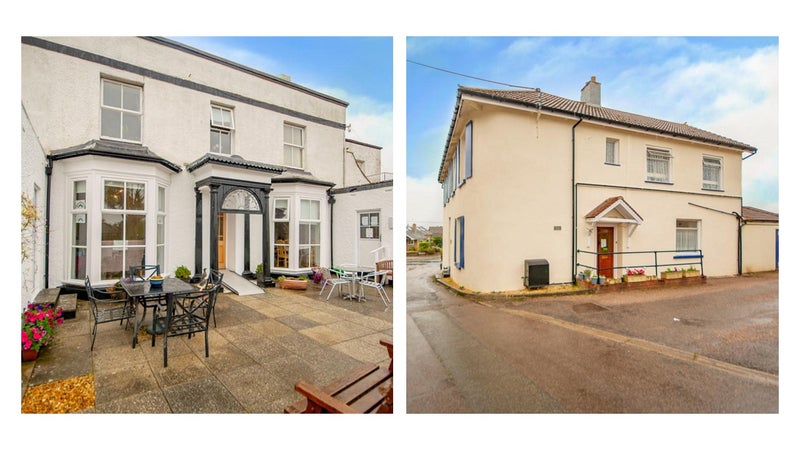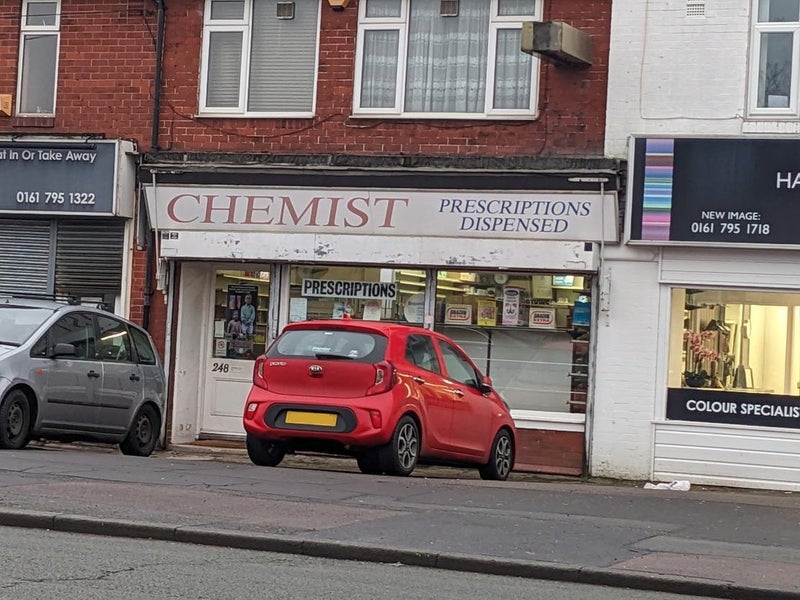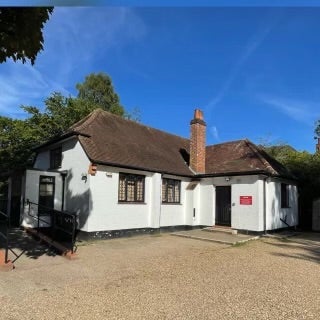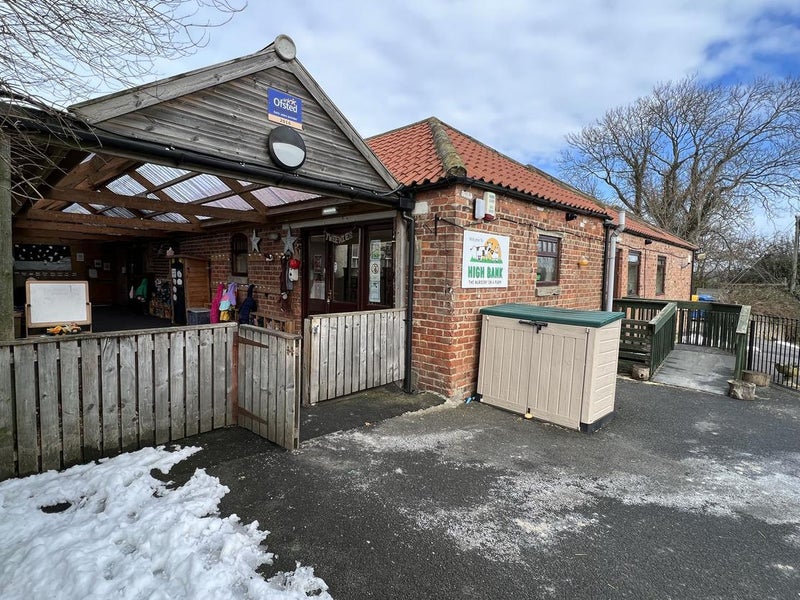International hotel brands missing out on stockholm’s success
A new research report from specialist property advisers Christie & Co has shown that although the share of international visitors to Stockholm has increased, international hotel brands are still underrepresented in the Swedish market.

Overall, the number of commercial overnights in Stockholm has increased significantly in the last decade but the Stockholm hotel market remains largely dominated by domestic and regional brands and operators. Nordic Choice Hotels and Scandic Hotels are currently the largest operators and less than one seventh of the city’s room stock is internationally branded, making Stockholm an attractive market for international operators and brands to expand into.
Report author, Anna Eck, Consultant at Christie & Co commented: “Whilst there is a lot of appetite from international hotel operators to penetrate the Stockholm market, this has not materialised yet, primarily due to differences in operating structure preferences from national, as well as, to a certain extent, Scandinavian investors. Leading Swedish property companies and local hotel operators seek lease structures while most international brands favour asset-light strategies such as franchise or management contracts. An alternative would be for a property owner to sign a lease contract with a third-party operator who, in turn, signs a franchise agreement with an international brand.”
“In terms of product, there are clear gaps in the international-branded full and limited-service sectors. Tourism is up and guests are eager to discover unique hotel concepts in their home market, which they may have already been exposed to abroad. However, domestic and regional players do not offer suitable products and concepts to respond to such expectations, and therefore add more mid-market supply.”
The Stockholm hotel market has grown substantially over the past decade. Combining the increase in supply and demand together with ARR growth of about 14% over the same period (on average 1.4% per annum), room revenue has gained a staggering 56% in the last decade or a total of about 5.6m kr in 2015 according to Christie & Co estimates.
Occupancy for the wider Stockholm area has hovered around the mid-sixties mark, reaching 65% in 2014. Although this is about six percentage points below the 2007 peak, this performance is considered robust given the current economic situation and recent increases in room supply. YTD November 2015 results confirm this positive trend for the Stockholm city area, with occupancy levels increasing to 73%, a figure comparable to pre-crisis levels. Overall, market occupancy is expected to have settled around 70% for full year 2015.
Anna’s co-author, Marcus Josefsson, Consultant at Christie & Co’s Stockholm office added: “The demand for trendy low-cost accommodation alternatives emerged quite recently as — due to the recent financial downturn — guests became more price-sensitive and aware of affordable unique concepts in other markets. As a result, property owners have shown interest in new, space-efficient limited-service hotels all over Sweden. A good example is the Swedish hospitality company Ligula Hospitality Group, which recently introduced their own budget brand called Motel L.”
“Despite increasing stock, the Stockholm hotel market has demonstrated its solid fundamentals and the positive economic backdrop and increasing international visitation should allow it to gain further momentum in years to come.
Given that the city’s hotel supply is currently very midmarket focused, lacking innovative concepts in the limited service sector, as well as internationally-branded full-service hotels, we consider that Stockholm offers great potential for developers and operators alike. While new products, such as Motel L, are due to enter the market, there is still room for more.”



















